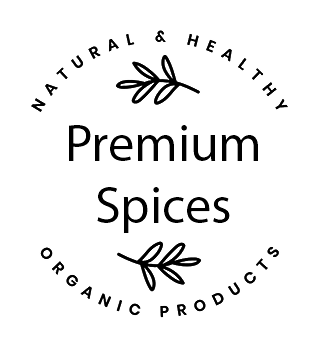Introduction
For most people, sugar is sugar, white, sweet, and simple. But golden sugar challenges that view. Unlike heavily refined white sugar, this less-processed version retains a trace of natural molasses, giving it flavor, color, and character. While debates about sugar and health are well-founded, golden sugar deserves attention for reasons beyond nutrition. The purpose of this article is to explore ten key properties and advantages of golden sugar, highlighting its unique taste, texture, and culinary applications. It’s not about glorifying sugar; it’s about understanding what sets this golden alternative apart.
Flavor & Aroma
1. Rich, nuanced flavor
Golden sugar delivers more than just sweetness. It carries layers of flavor often described as caramel-like, with hints of honey or toffee. These subtle undertones elevate both simple drinks and complex baked goods, transforming sugar from a background sweetener into an active contributor to taste.
2. The molasses connection
The secret behind this flavor lies in the trace amounts of molasses left after processing. While refined white sugar strips away every remnant of molasses, golden sugar preserves just enough to impart depth without overwhelming sweetness. This natural residue is what makes golden sugar stand out.
3. Aroma as an enhancer
Golden sugar doesn’t just taste different, it smells different. Its warm, slightly earthy aroma can enhance the sensory experience of cooking. When mixed into cookie dough or sprinkled over oatmeal, its scent complements the flavors already present, creating a more rounded final dish.
4. A contrast to refined sugar
Where white sugar offers a flat, one-dimensional sweetness, golden sugar provides balance and complexity. The distinction becomes especially clear in recipes where sugar is a primary ingredient, such as caramels, glazes, and fruit-based desserts. The depth of flavor is what makes golden sugar a preferred choice for chefs and home bakers who want more than just something sweet.
Texture & Appearance
5. Sparkling golden crystals
Visually, golden sugar is a delight. Its golden hue gives it an artisanal feel, a far cry from the stark whiteness of refined sugar. Its sparkling appearance makes it especially appealing as a finishing touch on desserts.
6. Larger crystals, specific uses
Golden sugar often has slightly larger crystals compared to refined white sugar. This makes it ideal as a topping for baked goods like muffins, scones, or pies, where a crunchy texture is desired. When sprinkled over cookies, it creates a delightful crackle that enhances the eating experience.
7. Minimal processing, unique texture
Golden sugar retains a hint of stickiness thanks to its molasses content. This minor difference in processing not only impacts flavor but also contributes to how it interacts in recipes. It clings better as a coating for baked fruit or roasted nuts, offering both texture and taste.
Culinary Applications & Responsible Use
8. Versatility in the kitchen
Golden sugar can step into almost any role white sugar plays. It sweetens beverages, balances acidic marinades, and enriches sauces. Stirred into coffee or tea, it adds warmth and roundness that white sugar simply cannot deliver. In savory cooking, it lends complexity to glazes for meats and vegetables.
9. Baking with depth
In baking, golden sugar is where its unique qualities truly shine. Its caramel undertones deepen the flavor of cookies, crumbles, and cakes. Bakers appreciate how it can subtly shift a recipe’s profile without overpowering other ingredients, making each bite more satisfying.
10. A reminder of moderation
Golden sugar may look and taste superior, but it remains sugar. Its nutritional profile is nearly identical to refined sugar, meaning it carries the same concerns when overconsumed. While less processed, it’s not a “health food.” The best way to enjoy golden sugar is as a tool for enhancing flavor while maintaining balance in the diet.
Conclusion
Golden sugar proves that not all sweetness is created equal. With its caramel notes, golden hue, and versatility in both sweet and savory cooking, it offers qualities that set it apart from ordinary refined sugar. These ten properties show that sugar, when thoughtfully chosen, can do more than simply sweeten; it can shape flavor, texture, and aroma in meaningful ways. Used responsibly, golden sugar is a valuable ingredient for anyone looking to add complexity and creativity to their kitchen.
